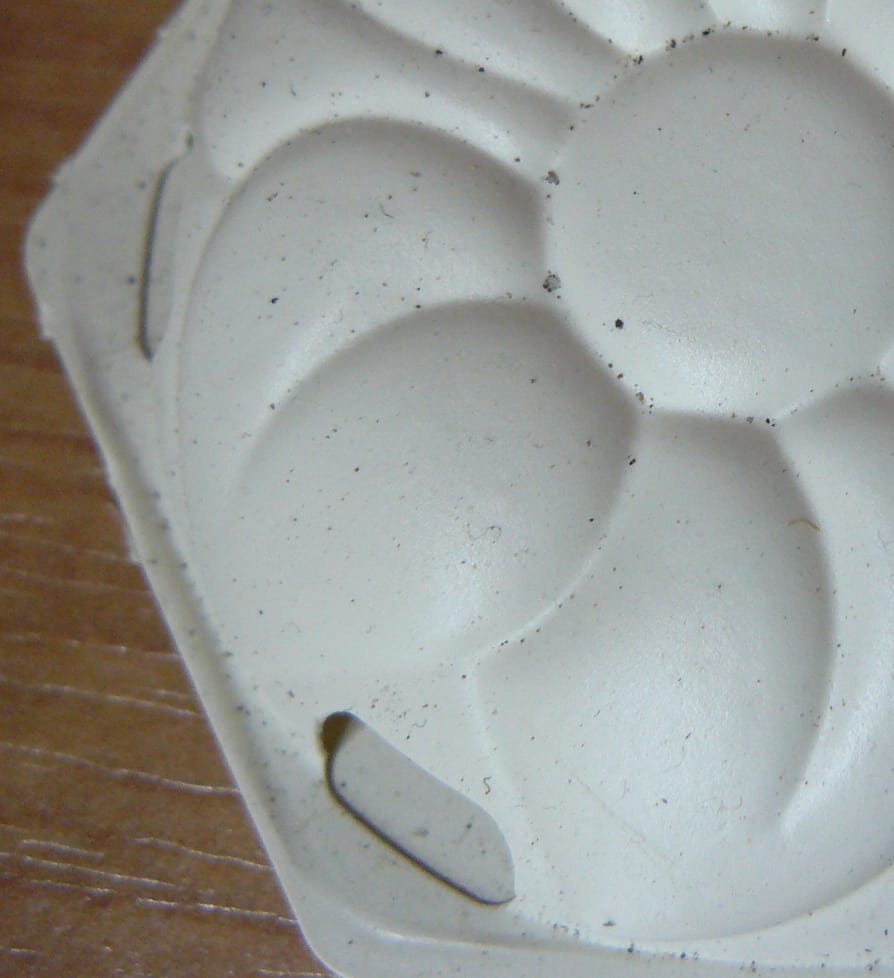There are many types of ants that you can find in your bathroom, including carpenter ants, sugar ants, moisture ants, tiny black ants, Argentine ants, Pharaoh ants, crazy ants, Odorous House ants, and of course, fire ants.
Among all these types of ants, fire ants are undoubtedly the most troublesome ants that you don’t want to be in your bathroom. This is because their stings of misery cause a horrible burning sensation and potentially life-threatening symptoms to their unlucky victims.
But before you panic, there’s a solution to every problem, and the fire ants problem in your bathroom is no exception. So, prepare to be grossed out, and read on as I cover everything you need to know to eliminate nasty fire ants in your bathroom.
Why There Are Fire Ants In Your Bathroom
Fire ants are infamous for their love for moisture—these invasive insects are often found in the humid Southeastern United States because they need a good food source and some moisture to survive. And, of course, your bathroom for fire ants is like a candy store for a kid; they thrive in there and don’t want to leave, ever!
And because water is abundant in bathrooms, which is essential for their survival, they have no reason to get out of your bathroom, so you have to give them a good reason to.
It’s more likely that you have leaky pipes if you see fire ants coming out of your bathroom sink. Broken drainage pipes are a top ant attraction that they like to build their shelters close to. If your bathroom is infested with fire ants, there’s a good chance it has too much moisture. So, make sure to keep it as dry and clean as possible.
Messy, dark bathrooms are also attractive to fire ants, pillaging the trash bin for food and turning the area behind the toilet into a mini ant buffet. See What Do Fire Ants Eat? (You May Be Surprised!)
Additionally, fire ants can get into your house through crevices and cracks around windows and walls, ventilation openings in attics, air conditioning and heating ducts, utility lines, branches, and shrubs in contact with the house.
Best Ways To Get Rid of Fire Ants In Your Bathroom
Now that you know why fire ants are having fun in your bathroom, here’s what you can do to put an end to this disgusting party:
1. Find and Repair All Sources of Leakage In Your House
Since fire ants are attracted to moisture, finding and repairing all leakages in your house is one of the best ways to keep fire ants away from your bathroom.
You want to look for leaks in all plumbing fixtures like toilets, sinks, and showers.
Make sure your gutters and downspouts are not clogged or leaking by checking them.
2. Repair or Replace Water-damaged Wood Structures In Your House
Most of the time, ants do not infest wood with less than 15% water content. So, you want to repair any wood damage that may allow fire ants to enter your house and bathroom. This entails replacing any wood in your bathroom damaged by water or termites.
This is a great way to reduce fire ants in your bathroom without having to use any chemicals that could cause harm to your kids and pets. Chemical pesticides are also a temporary solution to the fire ant problem—once their effect fades, ants will come into your bathroom through the same source again.
3. Try Ant Traps
Ant traps are simply devices with a mix of food that ants find delicious (consisting of carbohydrates, proteins, and fats) and an insecticide. You can easily find these online or at your local hardware store. Depending on the size of your bathroom, get two or three ant traps and place them in different places in the bathroom. These traps come in small sizes, so you can easily fit them everywhere.

Make sure to get effective ant traps that contain strong poison to attract and kill the fire ants in your bathroom. The majority of ant traps immediately attract and kill ants. Also, you want to opt for odorless ant traps to avoid any unpleasant smell in your bathroom.
- Warning: Ensure to keep kids and pets away from the ant traps in the bathroom to prevent exposing them to harmful chemicals.
4. Keep Your Bathroom Clean
Fire ants in your bathroom don’t necessarily mean that the bathroom is unclean and gross, but in some cases, it does (sorry!). So, you want to put more effort into cleaning your bathroom to keep fire ants out if you have already tried other methods that didn’t work.
Mix bleach and water in a spray bottle and cover your bathroom with this solution. This is a super effective way to eliminate chemical ant trails that keep more ants entering the bathroom. However, expect some fire ants crawling on you in this process, which is gross but will be worth it!
5. Seal Up All Cracks And Crevices
Fire ants can easily enter your house and bathroom through cracks and crevices. Cracks and crevices are commonly found around doors and windows, behind toilets, and underneath sinks. Sealing every crack and crevice in your house effectively prevents fire ants from entering your bathroom and reduces its appeal as a nest site.
6. Trim Trees and Shrubs In Contact with Your House
While trees and shrubs provide shade on sunny days, they also serve as an attractive nesting site for fire ants. Trimming any trees or shrubs in direct contact with your house is one of the best ways to keep fire ants out of your house, which makes it harder for them to enter your house and bathroom.
Final Thoughts
Half the battle of dealing with the fire ant problem in your bathroom is by knowing the root cause of the problem. Once you figure it out, you can take active steps to improve the situation, whether by repairing sources of leakage or just keeping your bathroom clean.
Finally, I strongly recommend that you seek the help of professional exterminators if you have tried everything and nothing seems to work. These guys know exactly what they do, and they’ve probably been killing ants for many years, so let them do the work for you!
Recommended Reading:
